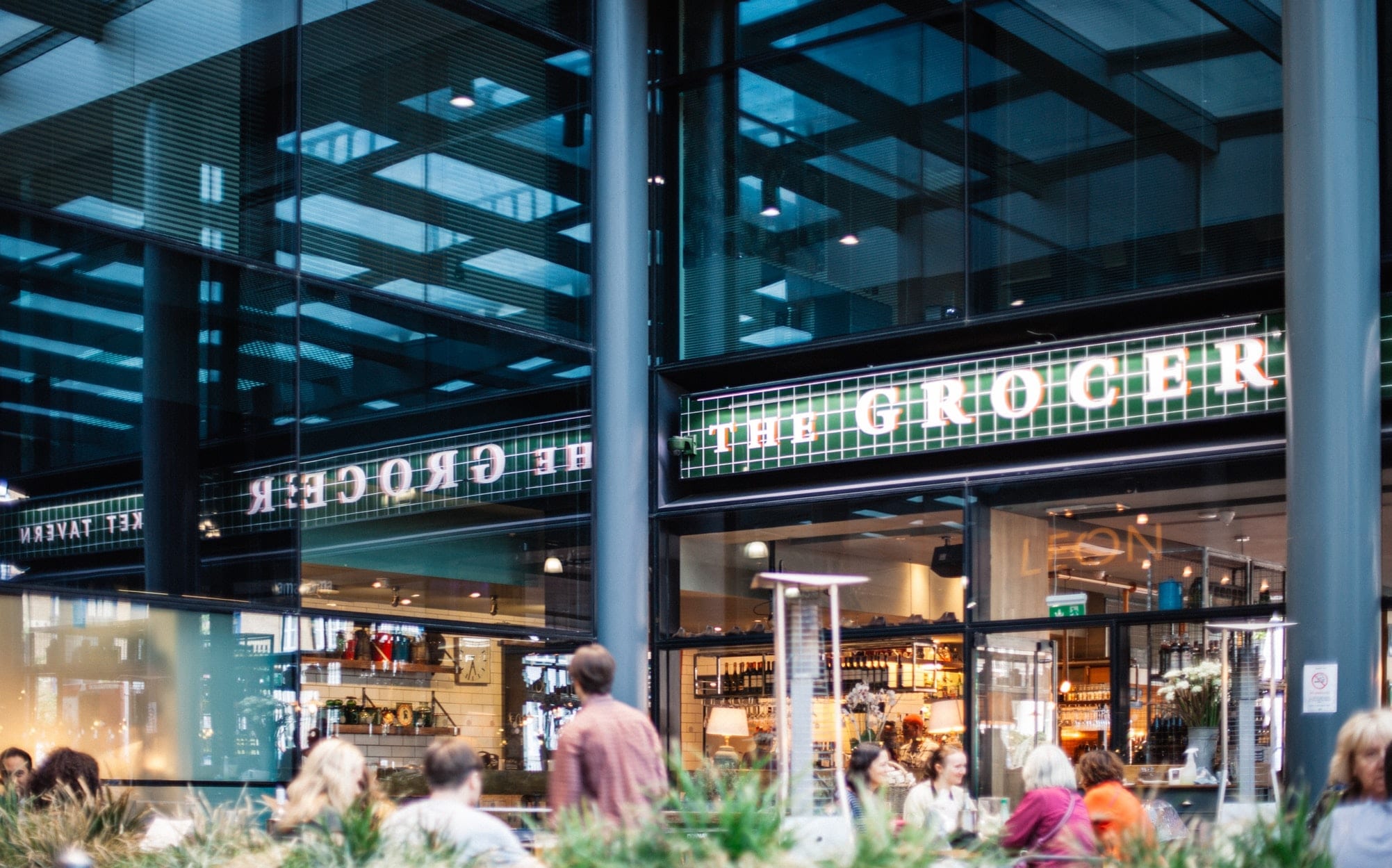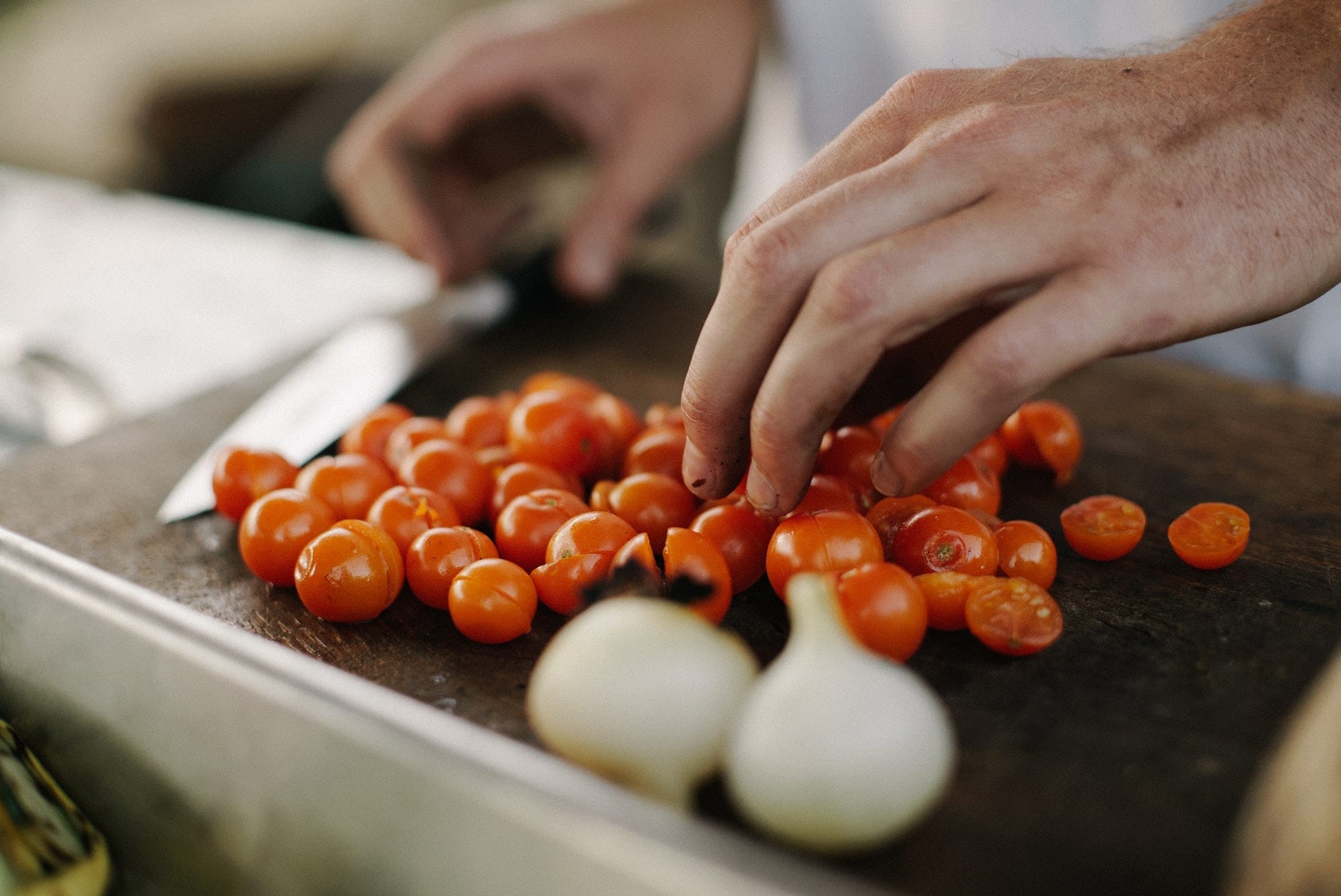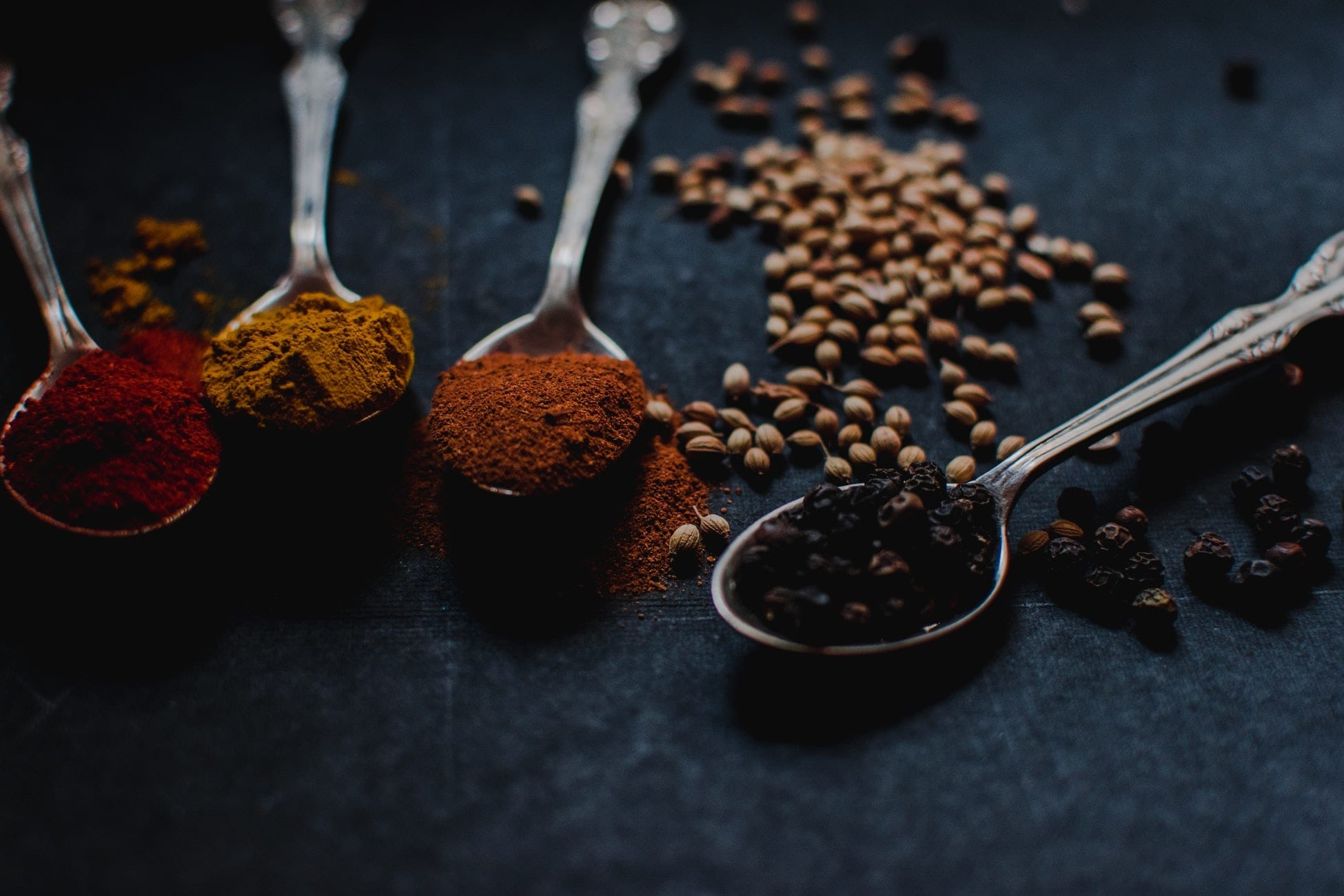We’re in a health food culture right now, which is great. We talk about the effects of gluten, artificial sugar, and the benefits of avoiding animal products, but we don’t seem to talk as much about our sodium intake. Salt is the leading risk factor for high blood pressure and heart disease, yet we still regularly have it in excess. Many of the menu items we order at restaurants pass the daily recommended amount of salt we should consume, and a lot of items at the grocery store aren’t doing much better.
10 Everyday Grocery Items With Surprisingly High Amounts of Sodium:
- Bread
- Soup
- Cheese
- Lunch meats
- Canned goods
- Condiments and dressings
- Milk
- Cereal
- Eggs
- Pickles
Maybe you are very mindful of your sodium intake, and none of those items surprise you. Perhaps you’re one of us that hasn’t thought about it much and has no idea how salty our morning milk and cornflakes are. No matter where you are with your sodium awareness, here are some tips and tricks for living a sodium reduced life.
Count Your Milligrams
The current recommended federal guideline for sodium intake is no more than 2,300 mg per day. The American Heart Association recommends only 1,500 mg a day, and yet we consume a daily average of 3,400 mg! Being at least aware of the amount to stay under is an excellent start.
Avoid Packaged Foods
This might be a difficult guideline to follow all the time, but the best way to think about it is fresh is almost always less salty. Smoked, salted, or canned foods such as fish, poultry, and meats are usually prepared with high levels of sodium for taste and preservation.
Review Food Labels
If you want to stay under the recommended daily intake of sodium, you’ll have to read food labels. Look for foods that advertise their low levels of sodium. Foods labeled, “no salt added” mean that nothing extra was added during the preparation, but not necessarily that the food is sodium free. Packages that say “sodium-free” still may have as much as 5 mg of sodium per serving. Foods that declare “very low sodium” have as much as 35 mg per serving while “low-sodium” labeled foods have as much as 140 mg per serving. Terms like “light sodium” and “reduced sodium” mean that the product only has 50%-75% of the sodium it does in the original product.
Prepare Your Own Meals
If you’re the only person pulling your meals together, then you know exactly how much salt was added. You can hide the salt shaker and skip every “add salt” step in your recipes.
Rinse Unnecessary Sodium Off
A lot of the canned items we buy are high in sodium. It’s easy to rinse some of that excess off before using the foods inside such as beans, veggies, or tuna.
Substitute Salt with Spices
There are several spice options that bring a lot to the table (ba dum chhh). Leave the salt in the cupboard and try using spices! Try any number of combinations of nutmeg, cilantro, ginger, thyme, tarragon, garlic powder, onion powder, cumin, pepper, coriander, tarragon, oregano, dry mustard, or dill. Check out this site for some spice guidance on what foods pair best with what spices.
Reduce Portion Size
It’s amazingly easy to go for seconds at a group potluck or to polish off that bag of potato chips. However, the easiest way to reduce sodium intake is just to manage the portions of salty foods you’re eating.
Comparison Shop
Do you have an item on your grocery list that’s a little high in sodium? If you’re not willing to get rid of, compare it to other brands. Find out which version of that product has the least amount of sodium and swap it in for the product you usually buy. Every little bit helps. Check out our blog post on how to price comparison shop for healthy food as well.
Do Restaurant Research
Before going out to dinner check menus online to see what kind of options are available. When you’re ready to order, request that your dish is served without salt. Even if it’s not something the restaurant can accommodate, the more people ask about low sodium options, the more the market will provide alternatives.
Unlearn The Craving
Our preference for salt is an acquired taste that developed back when people salted their meats for preservation. It takes 6-8 weeks to grow accustomed to a low sodium diet, but once you’ve done it the hard part is over. Practice tips 1-9 for a couple of months and see how it feels!





